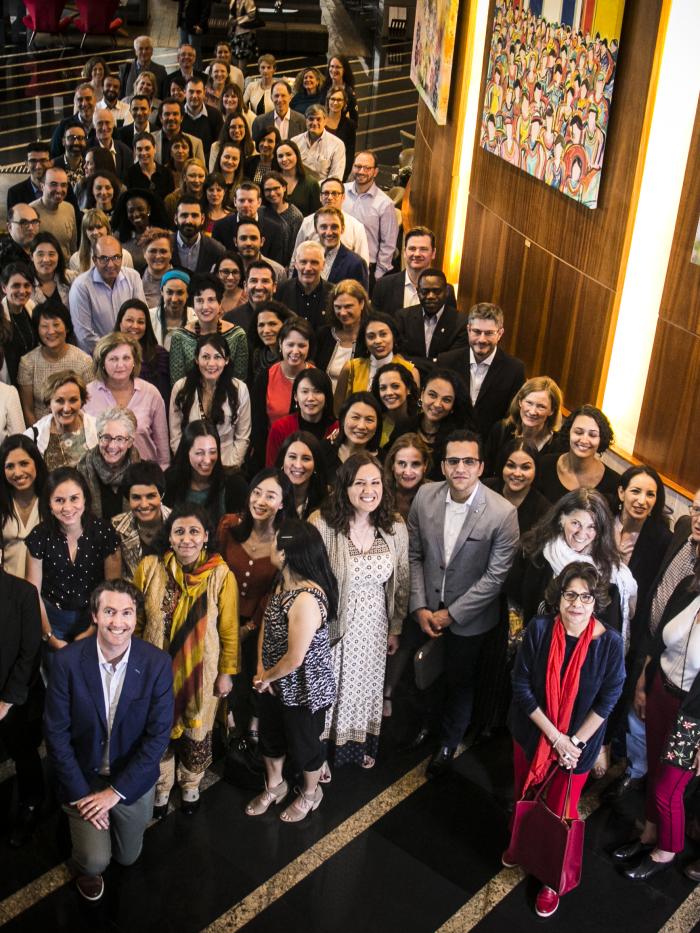Clinical and research implications of the findings of the Tanzania 2022 Population and Housing Census for the development and suitability of neuropsychological tests for older adults in Tanzania
BMC Geriatr. 2025 May 30;25(1):392. doi: 10.1186/s12877-025-06071-9.
ABSTRACT
BACKGROUND: The identification of dementia using valid and reliable neuropsychological tests is crucial for the development of effective preventive interventions, treatments, and care plans.
METHODS: We analysed the 2022 Population and Housing Census data in Tanzania to determine the age-adjusted prevalence of subjective memory, hearing, and visual complaints and explore factors that may influence the development and suitability of neuropsychological assessment batteries among adults aged 60 and older. Age-adjusted prevalence estimates were calculated using the WHO Direct Method. Logistic regression models were performed to examine the factors associated with memory complaints. Mediation analysis was conducted using path analysis, and the significance of the indirect effects was tested using bootstrapping procedures.
RESULTS: Adults aged 60 + constituted 5.7% of the population. The median (IQR) age was 68 (60-97) years. Literacy and numeracy rates were 59.7% and 67.7% respectively. The age-adjusted prevalence of subjective memory, hearing, and visual complaints, were 7.3% (95%CI: 7.2-7.4), 7.5% (95%CI: 7.4-7.6), and 16.3% (95%CI: 16.2- 16.4). Being married (AOR 0.83; 95%CI: 0.74-0.93; p = 0.002) and having a seven-year education or more (p ≤ 0.001) reduced the odds of memory complaints, while hearing (AOR = 4.62; 95%CI: 4.37-4.88; p ≤ 0.001) and visual (AOR 7.12; 95%CI: 6.78-7.47; p ≤ 0.001) complaints increased the likelihood of memory complaints. Age (p ≤ 0.001) and female sex (p ≤ 0.001) accounted for 21% and 7% of the effects of sex and education on subjective memory complaints respectively.
CONCLUSION: Literacy and numeracy decrease with age in adults aged 60 and older in Tanzania. Hearing and visual complaints are common among seniors; they are more prevalent in rural areas and increase the risk of memory complaints. Our findings may inform the development and suitability of neuropsychological tests for seniors and highlight the need for policymakers to develop dementia prevention interventions and improve access to vision and hearing services for this group.
CLINICAL TRIAL NUMBER: Not applicable.
PMID:40447993 | DOI:10.1186/s12877-025-06071-9
Authors
Damas Andrea Mlaki, MMed Psych, Mphil Neuropsych, Cert Neuropsych
Neuropsychiatrist

Victor Valcour, MD, PhD
Site Director, University of California, San Francisco

Aaron Berkowitz, MD, PhD
Professor of Neurology

Bruce Miller, MD
Founding Director, University of California, San Francisco

